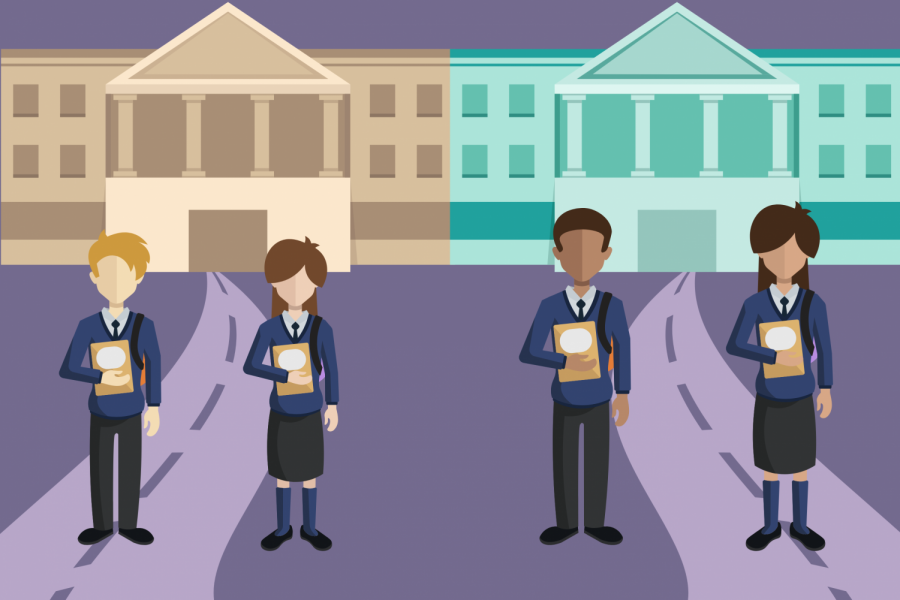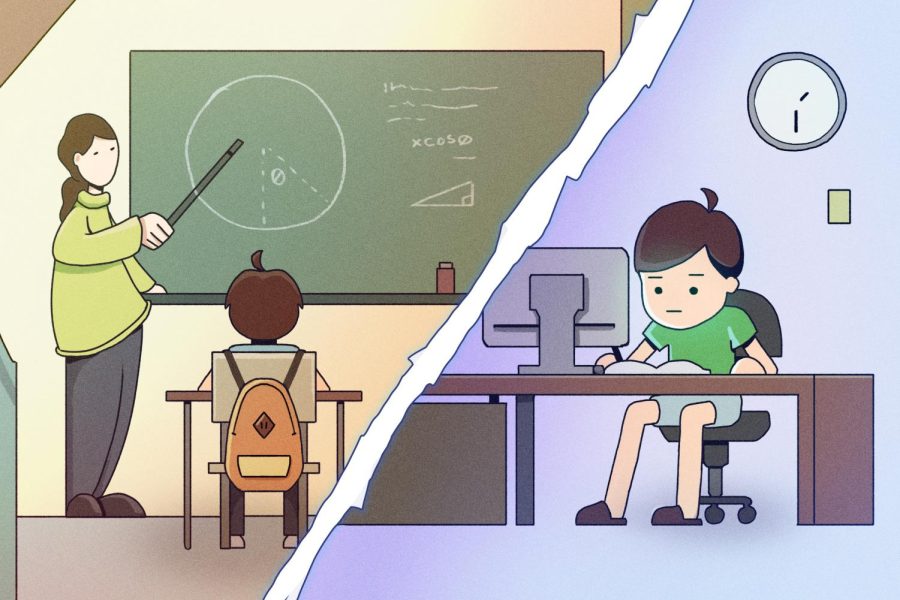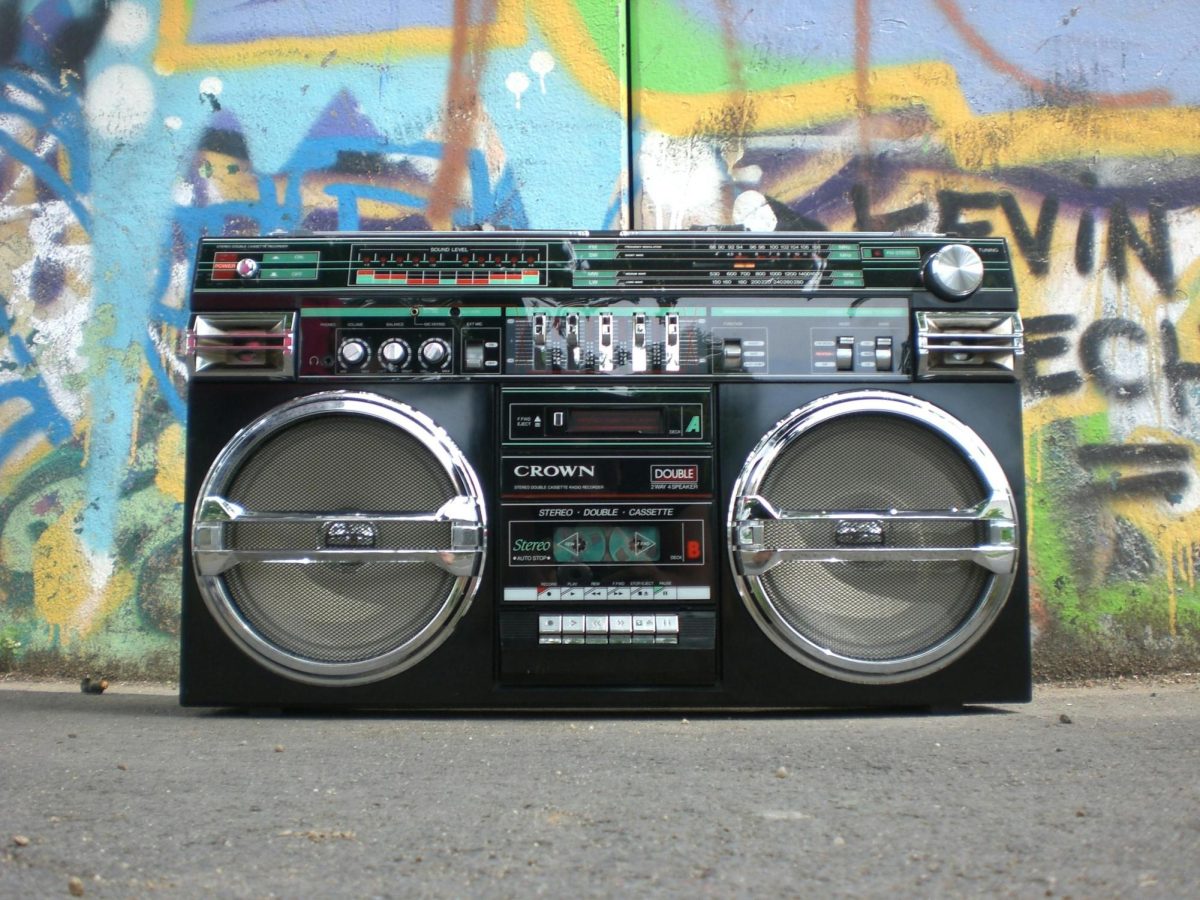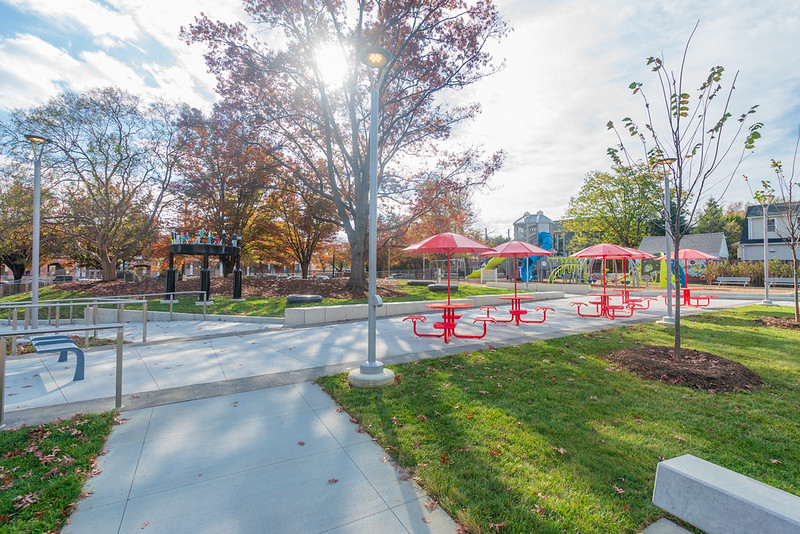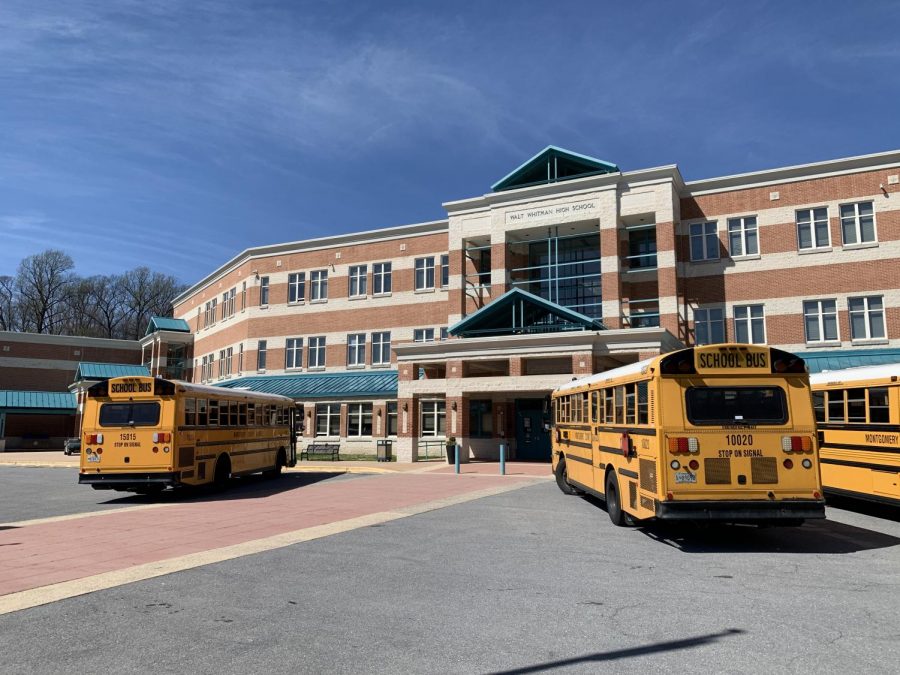On April 24, the U.S. News and World Report ranked Whitman the second-best high school in Maryland and the 139th-best nationally. These rankings show significant improvement from last year where Whitman placed third in the state and 147th nationally.
The U.S. News and World Report Rankings consider college readiness, graduation rate and state assessment performance when scoring high schools, among other metrics. Individual students’ reading, mathematics and science proficiency are also reviewed.
Whitman’s proficiency rates in reading and science stand at 91% and 77%, respectively, exceeding the state averages of 50% for reading and 40% for science.
Sophomore Alexander Canny has become accustomed to the learning environment at Whitman and was expecting a high ranking.
“I think Whitman deserves it. Our students work hard and our staff are really engaged in making our environment a better place,” Canny said.
While Whitman’s ranking has improved since last year, the school has yet to reclaim the coveted number-one place, which it held in 2022. There is a growing concern among some teachers who have observed declines in student work ethic in recent years.
Spanish teacher Ana Maria Martin Romera said she has felt the effects of students slacking off and losing interest in education firsthand, especially during the COVID-19 pandemic.
“After the pandemic, there was a decline… in aptitude,” Romera said. “I don’t think they put in 100% of the effort, and when we went back to normal, it started affecting the attitudes of the students and their quality of the work.”
Poolesville High School—a magnet school that ranked first in Maryland last year—has now dropped to third in the latest rankings. Despite being a public school, Whitman continues competing with institutions tailored for gifted students while maintaining a competitive edge in academic performance.
However, rankings often fail to consider factors such as varying learning and social environments in each school. While academic excellence is a privilege for many schools, it can bring significant stress. Studies have found that “adolescents in high-achieving schools can suffer significantly higher rates of anxiety, depression, substance abuse and delinquent behaviors, at least two to three times the national average.”
The new rankings have started to make sophomore Charlie Levine worry about his future.
“There’s definitely a lot of competitiveness,” said Levine. “It’s stressful to constantly compete for better grades.”



